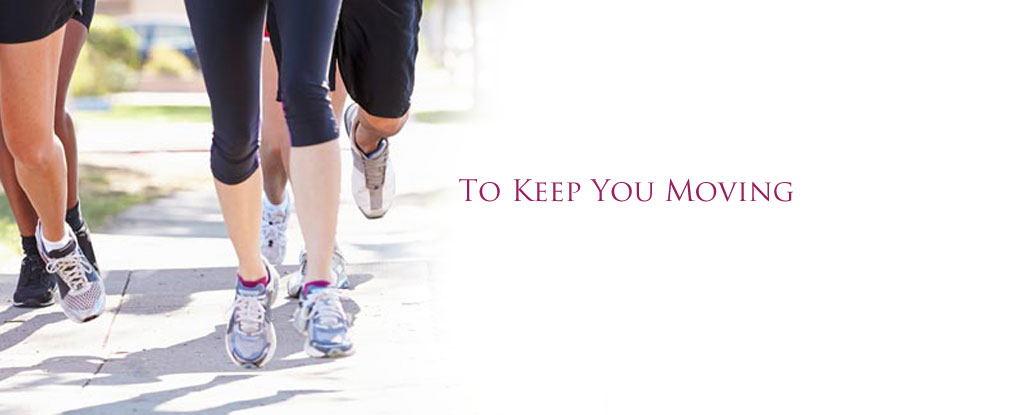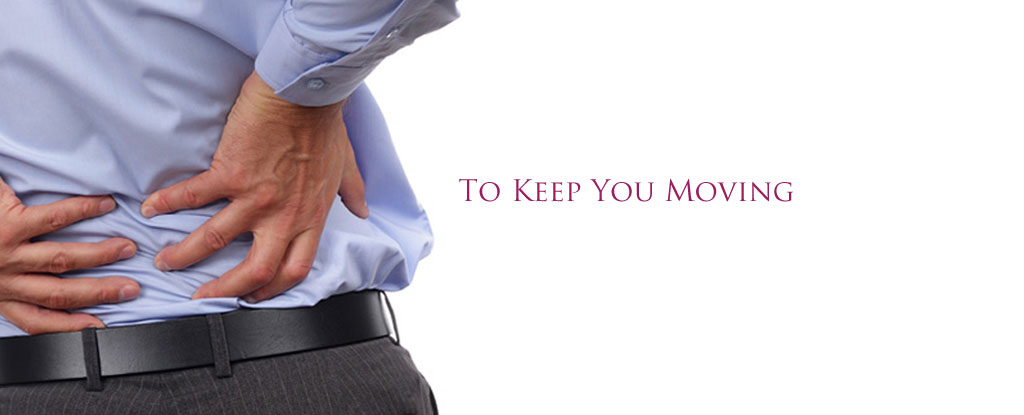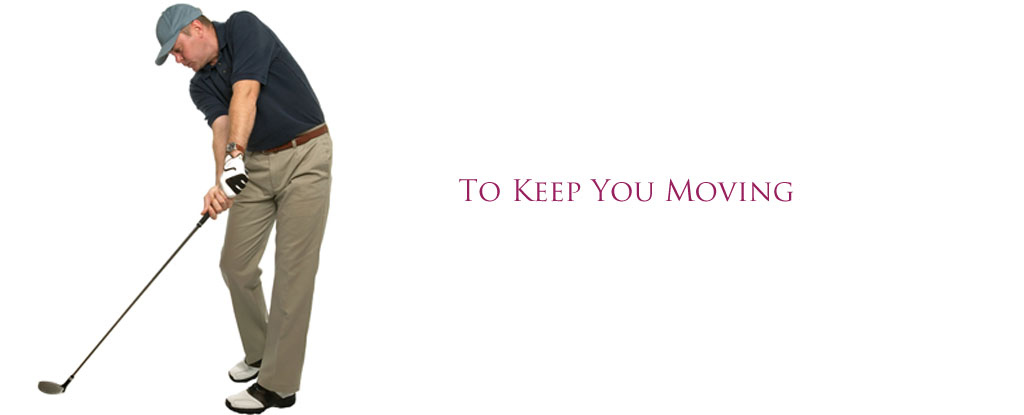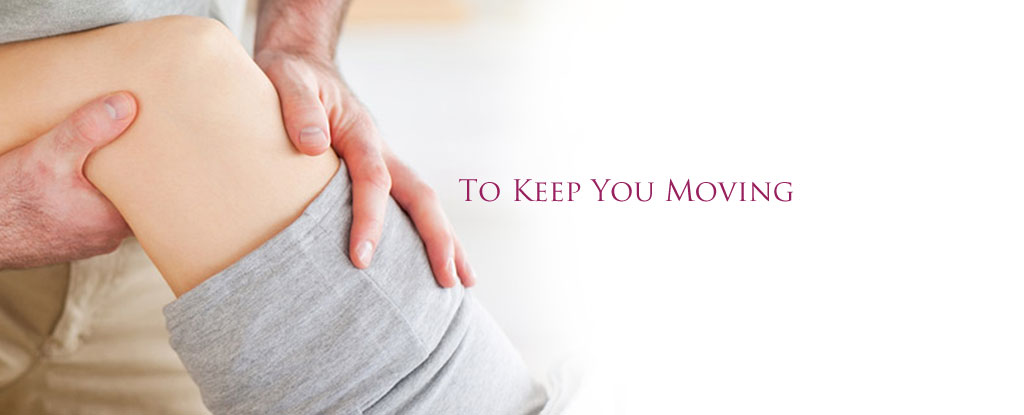Q: I went to a physiotherapist for my back pain. She tested and measured how my legs moved in and out while I was lying on my stomach. By the time she was done, I felt much better. How is that possible? She never even touched my back.
A: Many studies show that low back pain is linked with the timing and symmetry of hip and pelvic motion. Uneven motion from one side to the other is one factor. Too much or too little hip motion is another. Sometimes hip or pelvic rotation that starts too soon or too late can contribute to a problem with back pain.
The reason for this is the magnitude or amount of load on the spine with each hip or pelvic movement. Tissue stress starts to accumulate over time when loading is uneven or asymmetrical.
Some experts say that until the specific loss of motion is treated, your back pain won't go away. If it does disappear, it's likely to come back again later. The therapist's task is to find out the most likely movement pattern causing your problem and restore normal motion.
Using the lower leg to measure hip lateral (outward rotation) is a standard test. The fact that you were improved just with the motion suggests your hip is involved. Whether the problem started with the hip and went to the back or vice versa requires further testing. Sometimes there's no way to tell. The therapist must treat one thing at a time and see what makes it better in order to find out what is the underlying cause.
Linda R. Van Dillen, PhD, PT, et al. Symmetry of Timing of Hip and Lumbopelvic Rotation Motion in 2 Different Subgroups of People with Low Back Pain. In Archives of Physical Medicine and Rehabilitation. March 2007. Vol. 88. No. 3. Pp. 351-360.





